
Made Up Mayhem
by Pauline Baird Jones
Published by L&L Dreamspell
Spring, Texas
Visit us on the web at www.lldreamspell.com
Made-up Mayhem Copyright 2005 by Pauline Baird Jones
Revised and updated edition Copyright 2008 by Pauline Baird Jones
All Rights Reserved
No part of this publication may be reproduced, stored in a retrieval system, or transmitted in any form by means, electronic, mechanical, photocopying, recording, or otherwise without the prior written permission of the copyright holder, except for brief quotations used in a review.
ISBN- 978-1-60318-046-7
Published by L & L Dreamspell
Produced in the United States of America
Visit us on the web at www.lldreamspell.com
Table Of Contents
INTRODUCTION
Drama is life with the dull bits cut out. Alfred Hitchcock
Storytellers have been weaving mayhem into their plots since men began painting on the walls of caves. Maybe its the battle between good and evil. Maybe its the catharsis of watching someone face and overcome danger. Maybe readers just like a rousing good tale.
Whatever label you slap on the genre, or how many times it has been declared dead on arrival, mayhem/suspense has not only refused to die, it has morphed into countless subgenresand even sub-genres of those subgenres.
Whether your tastes run to dark plots, grand schemes for world domination, or creatures of the night, made-up mayhem is the genres dark heartand its purpose is to both scare and entertain your readers.
While I feel a bit guilty about it, writing made-up mayhem is fun. Its also very cathartic to put your characters through trials and tribulations. And if someone annoys you, well, your villains will always need expendable characters to knock off. Fictional killing doesnt involve you in strip searches or prison time, so its a great place to funnel the frustrations of real life.
Like many writers, I was a reader first. I became an avid reader of mayhem when I discovered that The Moonspinners wasnt just a Haley Mills movie. It was also an exciting novel. After inhaling all Mary Stewarts books, I then proceeded to read my way through the library, starting with A and ending with Z. I still have Alistair Maclean, Helen McInnes, Phyllis Whitney, Joan Aiken Hodge, Elizabeth Cadell, Mary Roberts Rinehart and Georgette Heyer on my shelves.
My mother, who prefers her murders politely tidy, worries about my blood thirsty inclinations, my father-in-law cut short a visit when he caught sight of my reference book shelf, and my husband constantly reminds our kids to ask for an autopsy if he dies suddenly, but still I cant give up plotting and writing mayhem.
If you love to read mayhem and long to write it, this book is for you.
Basic mayhem can come in a variety of shapes and sizes, from the big, multi-plot blockbusters to romantic suspense to small chillers. They come disguised as paranormals and science fiction, but there are certain elements that mark them for what they are.
If you ask for a definition on a writers list, youll not only spark a major and often heated discussion, you can also end up confused. That said, writers will agree that fictional mayhem must have:
 PERIL. Were talking serious peril here. It can range from characters in peril to the whole world, but there is PERIL.
PERIL. Were talking serious peril here. It can range from characters in peril to the whole world, but there is PERIL.
 A TICKING CLOCK. If someone doesnt stop the bad guy or guys by a certain time, peril happens.
A TICKING CLOCK. If someone doesnt stop the bad guy or guys by a certain time, peril happens.
 A BAD PERSON CAUSING THE PERIL. And they need to be bad enough to keep the plot moving. Mayhem/suspense novels arent typically disaster driven, though disasters can complicate the peril.
A BAD PERSON CAUSING THE PERIL. And they need to be bad enough to keep the plot moving. Mayhem/suspense novels arent typically disaster driven, though disasters can complicate the peril.
 A GOOD GUY or GAL TRYING TO STOP THE BAD STUFF. Without opposition, there is no story. And the readers wont have anyone to root for.
A GOOD GUY or GAL TRYING TO STOP THE BAD STUFF. Without opposition, there is no story. And the readers wont have anyone to root for.
To be labeled a thriller, a book should have what is sometimes called the high concept plot. Youll find a lot of definitions on what high concept actually is, but I thought this one was less perplexing than most:
1. Its original
2. It has wide audience appeal
3. Its specific without being generic
4. The potential is obvious
5. It can be condensed into a short pitch.
This is a compilation of several definitions, scattered all over the internetusually to be found on screenwriting sites. While it is helpful in doing a postmortem on a completed project, it probably has limited use for actually planning high concept mayhem, except as a vague target to aim at. If you really push someone to explain high concept, theyll eventually fall back on, Ill know it when I see it.
Whether high concept or not, in a thriller the plot will have a broader impact, with higher stakes, such as a threat to community, country or even the world. Thrillers can also be more action oriented and may walk the line, or even cross over into action-adventure. Another feature of the thriller is the level of intensity, a heightened sense of risk that can either race forward like the TV show 24 or have the steadily rising horror of a Steven King. At its most basic level, think of the difference between a thrill and a chill.
There are some mysteries that wobble into the realm of mayhem/suspense, but a mystery is a puzzle that can have peril, while mayhem/suspense has to have peril, even if it also has a puzzle to be solved.
For instance, in my novel, Do Wah Diddy Die, there are several murders that need to be solved for the story to be resolved, but what pushes it into the mayhem/suspense realm is that Luci, my main character also has threats against her life. There is peril and a puzzle.
In The Last Enemy, the murderer is obvious from the beginning. There is no mystery to solve, just peril to overcome, danger to defeat. There is a high adventure aspect and an intensity to the action that pushes it into the thriller zone, but it lacks the wider societal risk of the high concept thriller.
In a mayhem/suspense novel, the bad guys can be known or unknown.
The stakes should be life and deathor a fate worse than death.
The heroes and/or heroines both have to have a stake in the outcome and the stakes need to be equally high for both. You cant have one character risking their life, while the other is merely inconvenienced.
The story doesnt have to begin at the life or death moment, but events should move the plot and the characters steadily in a direction of increasing peril, deepening risk and higher stakes at a pace right for your story.
Readers pick up mayhem/suspense because they like the thrill of danger or the chill sliding down their backa safe threat because they are securely at home.
If you want to write suspense, you need to deliver on the thrills and/or chills without flinching.
If you dont like to read mayhem/suspense, if you cant put chum in the water and then catalog the sharks moving in for the kill, and then toss your characters to fight for their lives, then this isnt the genre for you.
It shouldnt be a surprise that the elements in a mayhem/suspense novel are the same as any novel you might sit down to write. They include:
An idea
A plot
Characters
A setting/s
A theme
Solid research
Carefully crafted mood, style and tone
Next page

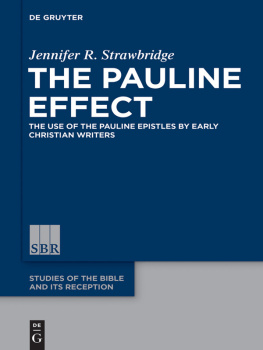
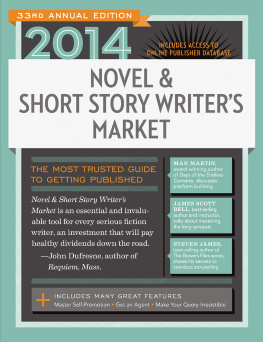
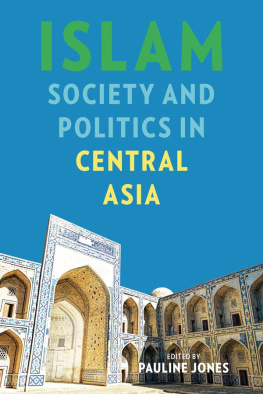
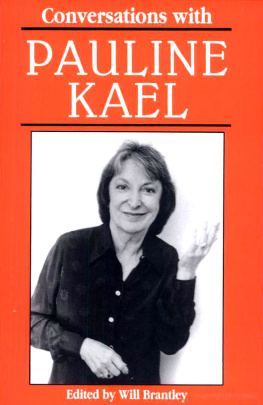
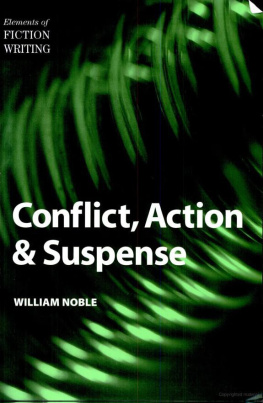
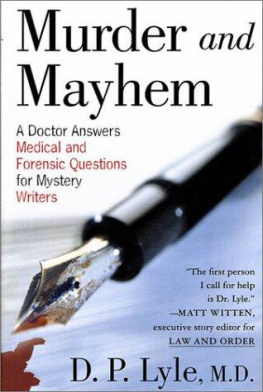

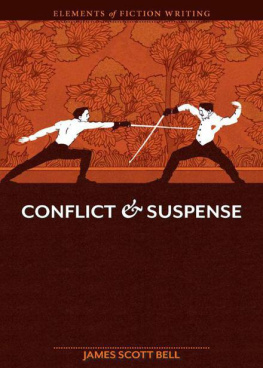

 PERIL. Were talking serious peril here. It can range from characters in peril to the whole world, but there is PERIL.
PERIL. Were talking serious peril here. It can range from characters in peril to the whole world, but there is PERIL.